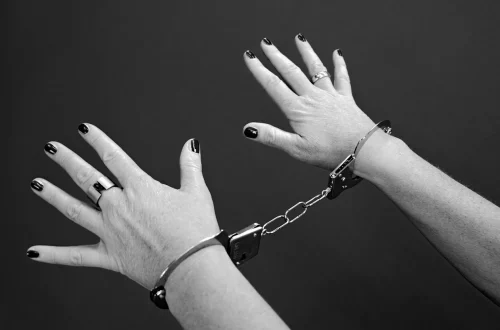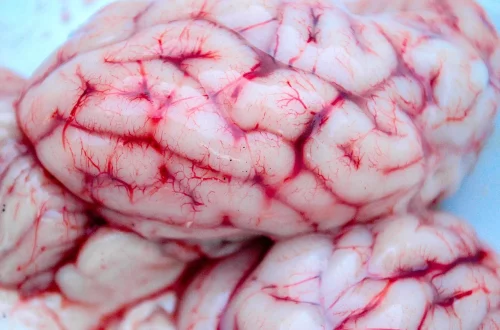
Understanding Great Pyrenees Dewclaws: Care and Considerations
Understanding the unique characteristics of the Great Pyrenees breed extends beyond their majestic appearance and gentle temperament. Among these distinctive features are dewclaws, which can often raise questions among pet owners. Dewclaws are vestigial digits that some dog breeds possess, and their presence can vary significantly. For the Great Pyrenees, dewclaws serve specific functions and can impact their overall well-being.
As a breed known for its history as a livestock guardian, the Great Pyrenees has evolved with unique adaptations that assist them in their roles. Understanding the anatomy and purpose of dewclaws can give owners insights into how to better care for their pets. These often-overlooked appendages can play a vital role in the dog’s life, from aiding in movement to providing stability. However, they can also be a source of concern if not maintained properly.
Proper care and understanding of dewclaws can help in preventing potential injuries or health issues that may arise. As we delve deeper into the topic, it becomes essential to address what dewclaws are, their significance in the Great Pyrenees breed, and how to ensure they remain a healthy part of your dog’s anatomy.
The Function of Dewclaws in Great Pyrenees
Dewclaws are often misunderstood, yet they serve a purpose that is significant to the overall functionality of the Great Pyrenees. Located on the inner side of the leg, dewclaws are somewhat akin to human thumbs, providing additional grip and agility. For the Great Pyrenees, these appendages can assist in various activities, including climbing and navigating rugged terrain, which is crucial given their history as working dogs in mountainous regions.
The dewclaw’s primary role is to provide stability and support during movement. When a Great Pyrenees walks, runs, or climbs, the dewclaw can help to stabilize the paw, especially on uneven surfaces. This added grip can be especially beneficial when the dog is navigating rocky paths or steep inclines, common in their native mountainous environments. Additionally, dewclaws can aid in turning and pivoting, allowing for more fluid movement.
However, the utility of dewclaws is not without its drawbacks. In some cases, these digits can become snagged on objects, leading to injuries. This risk is particularly heightened in active dogs like the Great Pyrenees, who may engage in rough play or navigate dense foliage. Regular monitoring of dewclaws can help mitigate such risks, ensuring that they remain healthy and functional.
Moreover, it’s important to note that not all Great Pyrenees will have dewclaws on all four legs; some may only possess them on their front legs. The presence or absence of dewclaws can vary based on individual genetics and breeding practices. Understanding your dog’s anatomy is key to being an informed and responsible owner, enabling you to provide the best care possible.
Proper Dewclaw Care and Maintenance
Caring for your Great Pyrenees’ dewclaws is an essential aspect of responsible pet ownership. Regular maintenance can prevent common issues such as overgrowth, injury, or infection. Much like regular nail trimming, dewclaw care should be incorporated into your dog’s grooming routine.
The first step in dewclaw care is to regularly inspect the dewclaws for any signs of problems, such as cracks, abnormalities, or excessive length. An overgrown dewclaw can become painful and lead to complications if it gets caught on objects. The best practice is to trim the dewclaws regularly, much like you would with the rest of your dog’s nails.
When trimming dewclaws, it’s crucial to be aware of the quick, which is the part of the nail that contains blood vessels and nerves. Trimming too close to the quick can cause pain and bleeding. If you’re unsure about how to trim your dog’s dewclaws safely, consulting a professional groomer or veterinarian is a wise choice.
In addition to trimming, keeping the area around the dewclaws clean is vital. Dirt and debris can accumulate, potentially leading to infections. Regular bathing and grooming can help maintain cleanliness. If you notice any unusual swelling or discharge, it’s important to seek veterinary advice promptly.
Another consideration is the environment in which your Great Pyrenees lives. If your dog spends a lot of time outdoors or engages in activities that might put them at risk of injury, keeping a closer eye on their dewclaws is essential. Providing a safe play area and monitoring their activities can help reduce the chances of accidents.
Common Health Issues Related to Dewclaws
While dewclaws are generally low-maintenance, there are specific health issues that can arise, particularly for breeds like the Great Pyrenees. Understanding these potential problems can help owners take proactive measures to ensure their pets remain healthy.
One common issue is the risk of injury. Because dewclaws protrude from the leg, they can easily snag on objects, leading to painful tears or breaks. This is especially true for active dogs that engage in rough play or those that spend considerable time in thick brush or wooded areas. If a dewclaw becomes injured, it may require veterinary attention to prevent infection or further complications.
Another issue that can arise is the possibility of ingrowth. In some cases, a dewclaw may grow into the paw pad, causing significant discomfort and pain. This condition can be exacerbated by lack of regular trimming and maintenance. If you notice any signs of limping or sensitivity in your dog, it’s essential to check their dewclaws and consult a veterinarian if necessary.
Additionally, dewclaws can be affected by certain skin conditions. Just like any other part of your dog’s body, they are susceptible to infections, irritations, and other dermatological issues. Regular monitoring and cleaning can help prevent these problems, but if you notice persistent redness, swelling, or odor, professional intervention may be required.
Preventative care plays a crucial role in ensuring your Great Pyrenees remains healthy. Regular veterinary check-ups can help catch potential issues early, allowing for prompt treatment and care. Being proactive in your pet’s health can prevent many complications associated with dewclaws and contribute to the overall well-being of your dog.
In conclusion, understanding the nature and care of your Great Pyrenees’ dewclaws is essential. These unique appendages play a significant role in their mobility and stability but require proper maintenance to ensure their health. Regular inspections, trimming, and general care can prevent common issues, allowing your Great Pyrenees to lead an active, happy life.
*Disclaimer: This article is for informational purposes only and should not be considered medical advice. Always consult a veterinarian for health-related concerns regarding your pet.*




